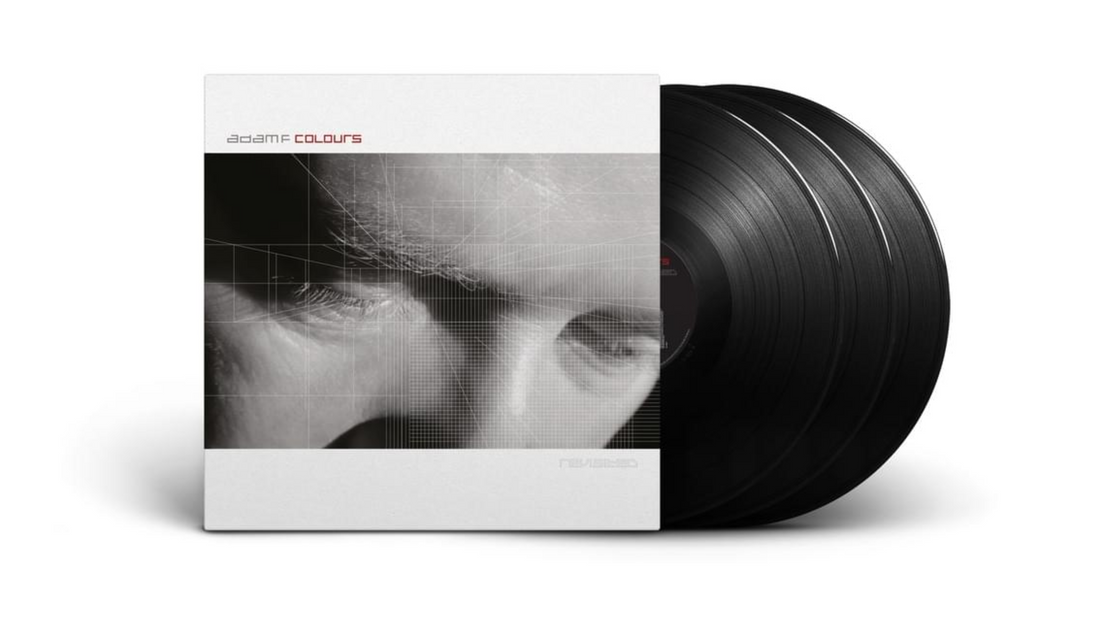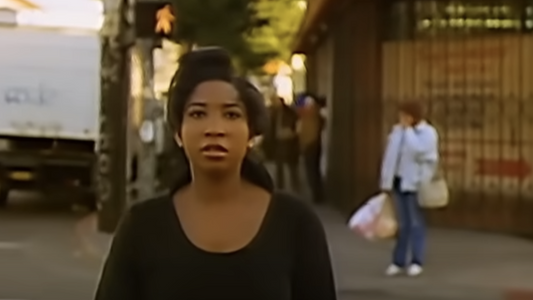
Adam F’s Colours: Discovering Drum & Bass and the adventures in sound
By Rafi Mercer
Every listener has moments where a whole new world opens up. For me, one of those moments came with drum and bass. Until then, I’d skirted around its edges — jungle heard in passing, snippets in clubs, rhythms that felt urgent but not yet anchored in my collection. Then came Adam F’s Colours. That was the record that pulled me all the way in.
I can still remember it clearly: the first drop of the needle, the sense of propulsion that seemed to rearrange the room. This wasn’t just beats. This was a living organism. The album carried funk, jazz, imagination, the restless energy of trains and trips, the pulse of a city forever on the move. It felt like life at the time — chugging forward, sometimes messy, but alive with possibility. And above all, it had funk. Not just rhythm, but groove. A swaggering, infectious energy that made you feel taller just standing in the room.
I listened to Colours obsessively. Weeks went by where it rarely left the turntable. Each track was an escape route — Music In My Mind became an anthem of inner worlds, a reminder that imagination was as real as anything outside. Other cuts felt like soundtracks to films that hadn’t yet been made: sweeping, cinematic, conjuring spaces as much as beats. I’d close my eyes and find myself travelling — not just across the map, but across moods, ideas, futures.
What struck me most was the range. Drum and bass was often pigeonholed as relentless, high-BPM fire, but Colours showed it could be playful, spacious, funky. One track could ride like a locomotive, the next glide with jazz phrasing, the next sparkle with futuristic electronics. It wasn’t just music for the dance floor; it was a kaleidoscope, an atlas of sound.
And that’s why it stuck. Like my earlier origin album, Massive Attack’s Blue Lines, Adam F’s Colours didn’t just entertain me — it reoriented me. It changed the way I heard. Suddenly, I was following threads: LTJ Bukem’s atmospheric journeys, Goldie’s Timeless, Roni Size and Reprazent’s New Forms. A whole ecosystem opened up, and each record deepened the story. But Colours remained the portal — the one that taught me how to listen to the genre.
Listening now, with the album revisited in 2025, the impact hasn’t dulled. In fact, it feels even more relevant. The production holds up, the ideas still fizz. It reminds me how adventurous that era of drum and bass really was — artists pushing boundaries, unafraid to blend jazz, funk, hip-hop, electronics. There’s a vitality in those grooves that speaks across decades, as fresh in a living room today as it was on a dance floor then.
What Colours also taught me is that collecting is as much about feeling as it is about sound. A great record doesn’t just show you new styles or production tricks; it shows you yourself, or at least the version of yourself you needed to meet at the time. In the late ’90s, my life was restless, exploratory, full of trains and trips and experiments. Colours felt like a mirror of that rhythm — not a soundtrack imposed on life, but life itself set to vinyl.
That’s why I return to it, and why I’ll keep it close. Some records you outgrow. Others grow with you. Colours belongs firmly in the second camp. Every listen still offers escape, still sparks imagination, still carries that sense of adventure. It remains proof that music isn’t just entertainment — it’s architecture for memory, a map of where you’ve been and where you might go.
So yes, I’ll happily admit it: drum and bass, for me, begins with Adam F. Without that album, I might never have dived as deep into the genre’s richness. And even now, with all the other records I’ve collected, Colours remains a cornerstone — a reminder that adventure in sound is as much about spirit as it is about beats.
Rafi Mercer writes about the spaces where music matters. For more stories from Tracks & Tales, subscribe here, or click here to read more.


